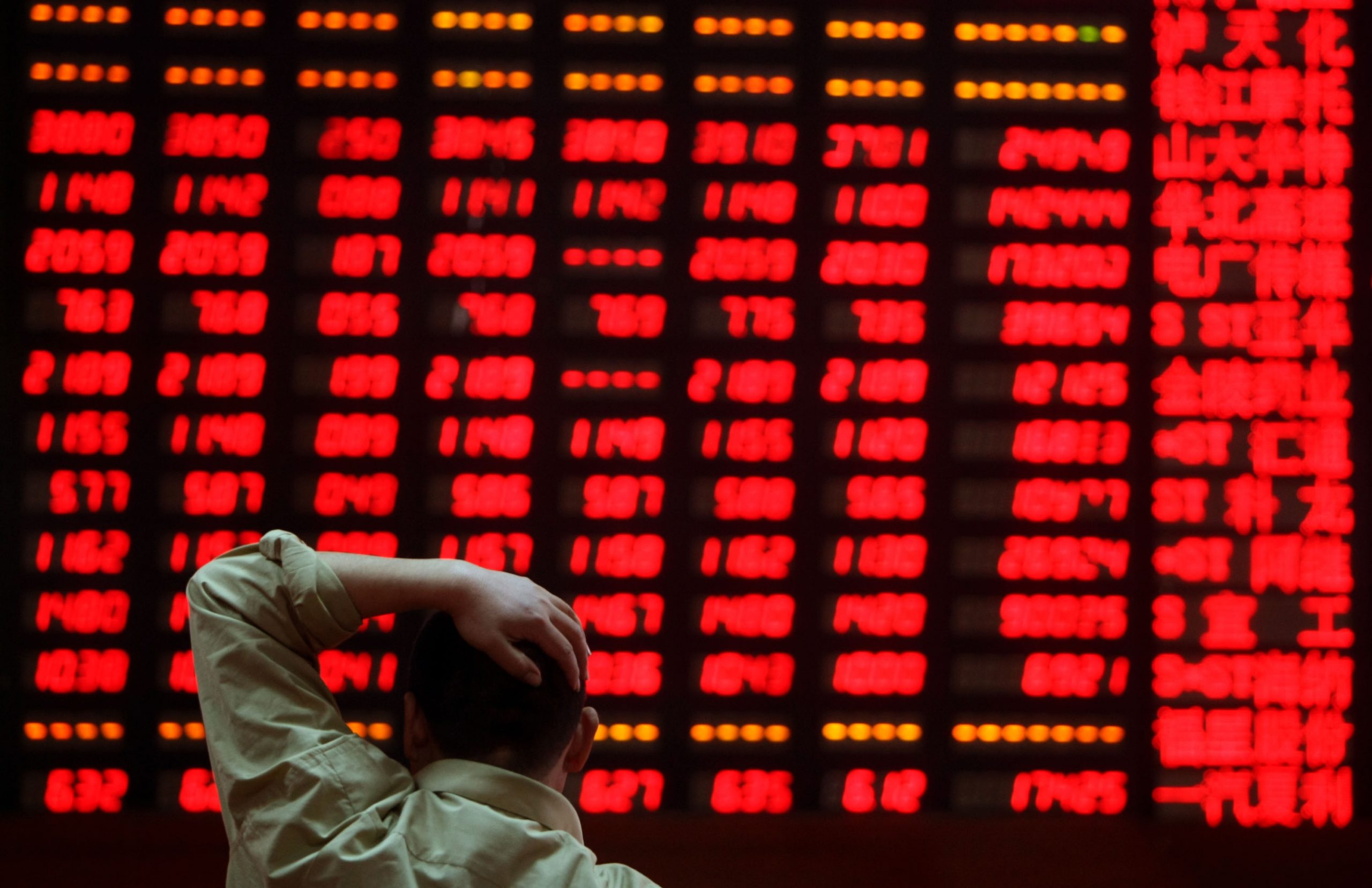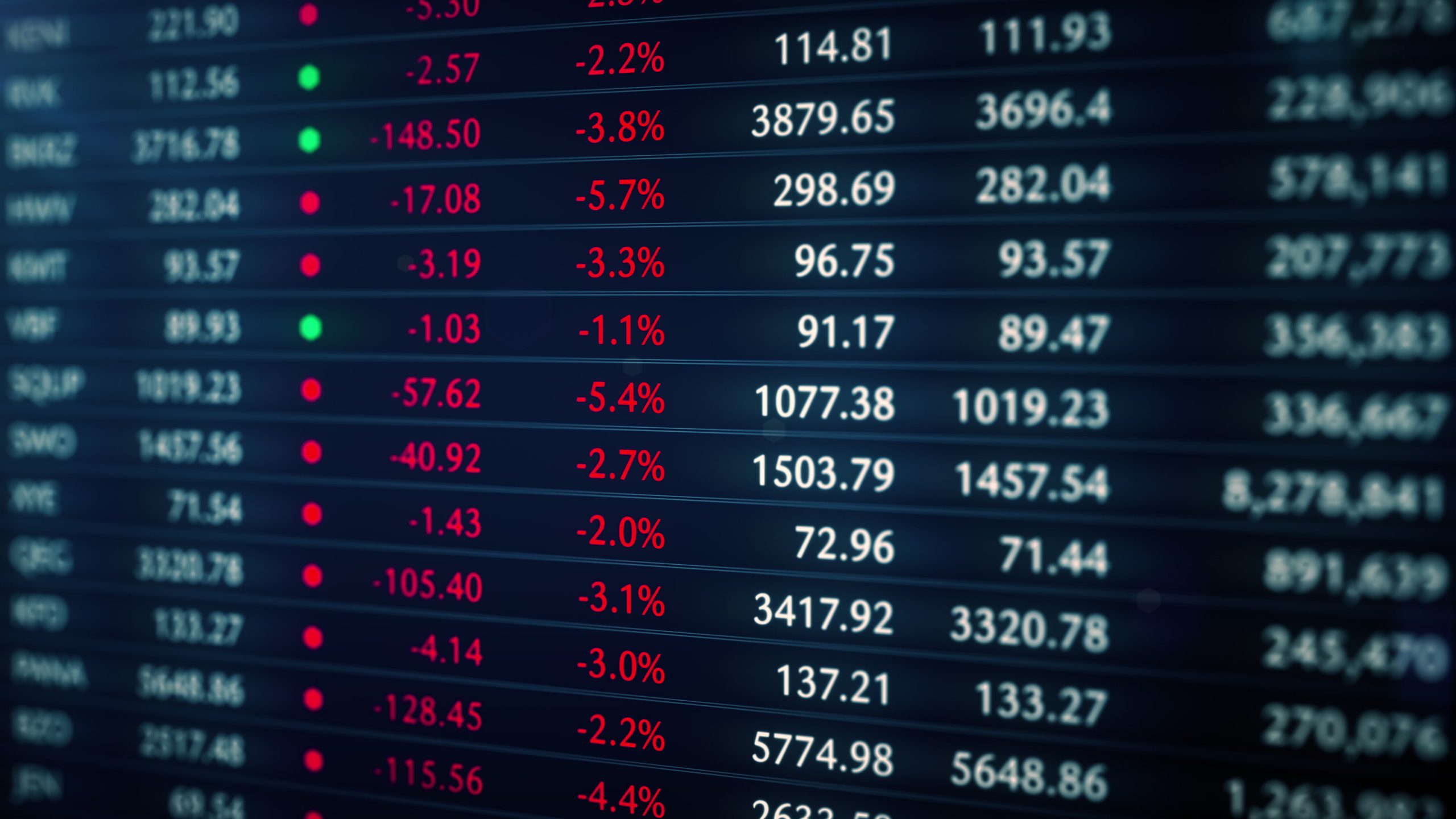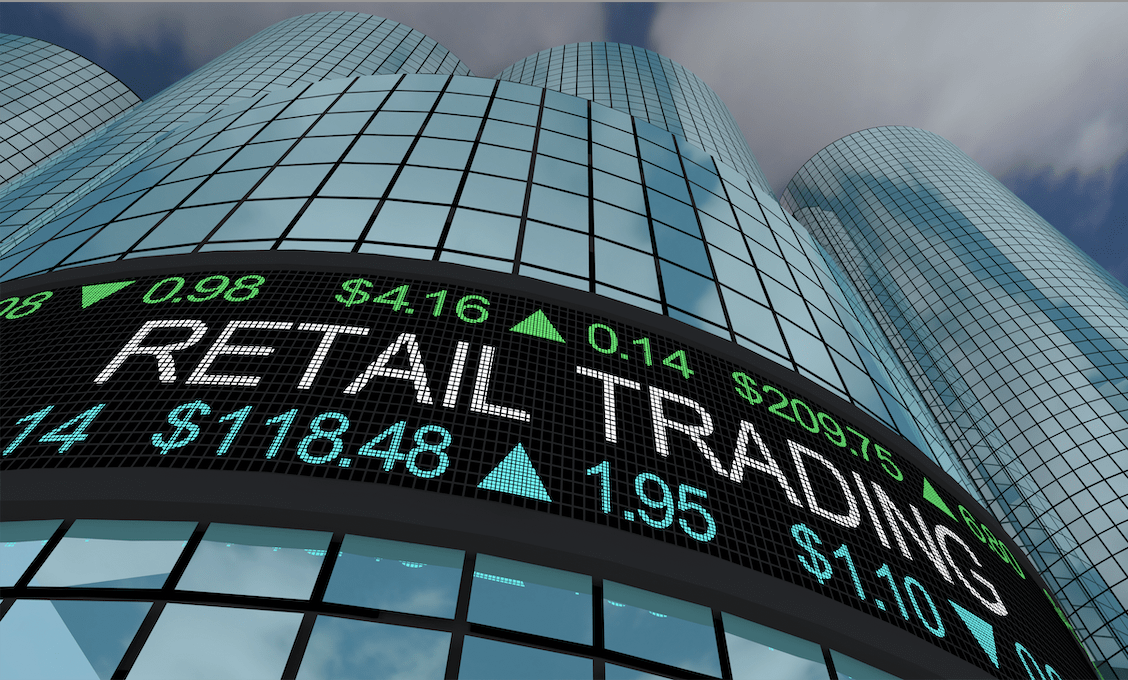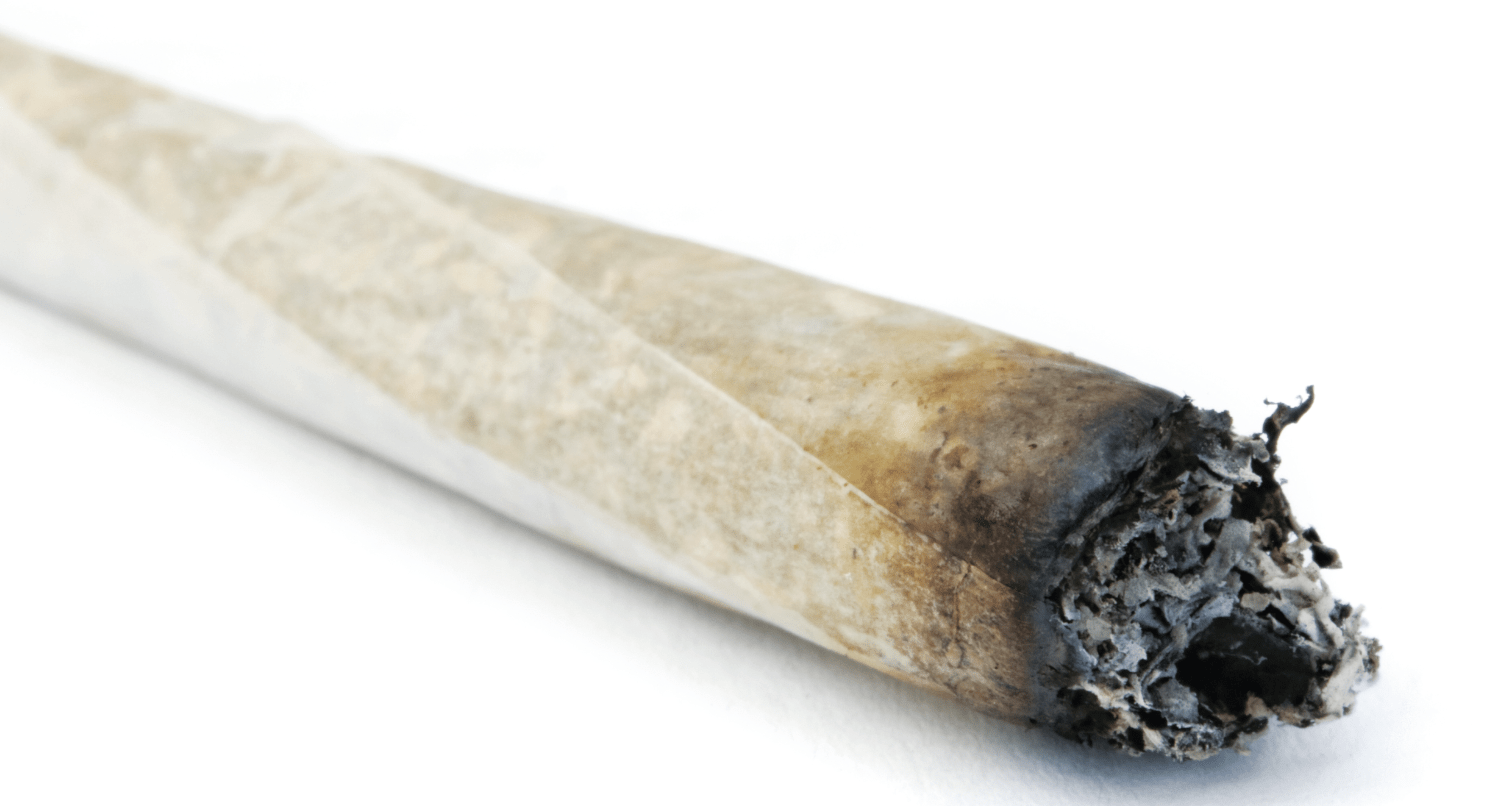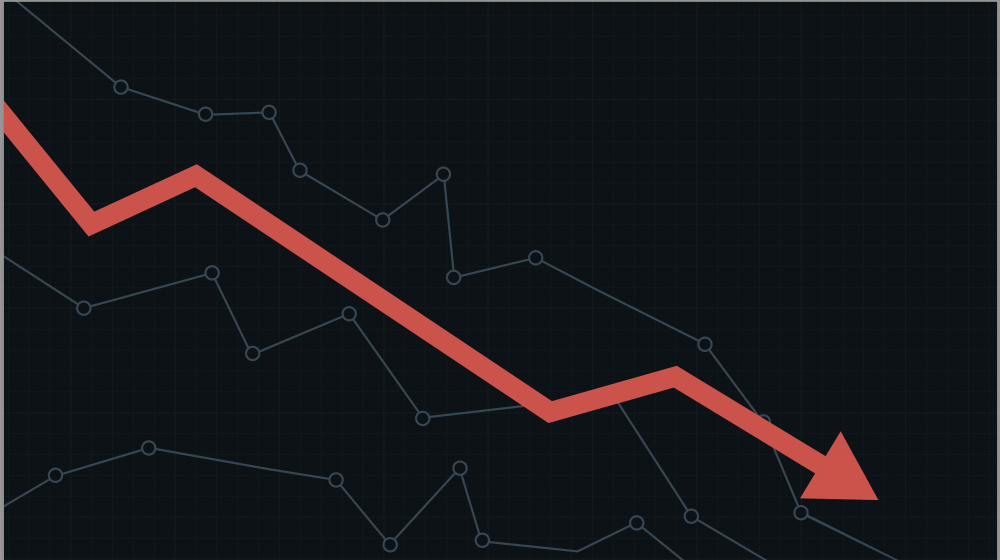Six Traders, Six Trades
A trading committee offers long- and short-term strategies for the new year

Tony “BAT” Battista
Bullish investors looking to take a long-term view could consider a very wide broken wing butterfly. It’s for traders with accounts of more than $100,000 who are looking for a risk-mitigating position. The potential payoff is $10,110, while the max loss is $9,890. More realistically, however, you’ll collect $110 with a loss possible only after the market declines by a significant amount. This is a very high probability trade, with a loss only after a drop in the S&P 500 (SPX) of 18% below its price when Luckbox went to press.
With the SPX around 3,800:

> Buy 1x put at 3,150
> Sell 2x put at 3,350
> Buy 1x put at 3,450
It’s accomplished for a credit of 1.10 (which is $110). You might think $110 isn’t much, considering it requires almost $10,000. On a monthly basis, however, this is a return of 1.1% with a very high probability of success.
Find more of Battista’s trades on Option Trades Today on Apple podcasts and on the tastytrade network.
Jenny Andrews
With bonds near the low end of their range and options volatility high, I like the jade lizard in the iShares 20+ Year Treasury Bond Exchange-Traded Fund (TLT). I set this up by using the monthly options cycle closest to 45 days until expiration. I’ll sell an out-the-money (OTM) put for 70 cents and a call spread near the expected move for 30 cents. The total collection is $1 credit or $100. I will manage this trade at 50% or 21 DTE (days to expiration), then place another in the next monthly cycle with the original mechanics.
Find more of Andrews’ trades on The Liz & Jenny Show on the tastytrade network.

Jermal Chandler
I think Ford Motor Co. (F) is the cheapest electric vehicle play, and it pays a dividend on the stock that’s currently a yield to maturity of 4.5%. Right now, Ford is changing its fleet from mostly gas-powered to mostly electric vehicles. That may take some time, which is why I prefer to be long stock and collect dividends along the way. If the stock happens to rise above $15, I will look to sell 20 or 25 delta OTM (out-the-money) calls. Currently, the stock is priced at $13 per share. This is an individual retirement account play for me.
Find more of Chandler’s trades on Engineering the Trade on the tastytrade network.

Liz Dierking
The Silver ETF (SLV) is experiencing high implied volatility—and this makes it ideal in my book.
Consider a synthetic covered call using a January ZEBRA (zero extrinsic value back ratio spread) and selling December calls against it.
This trade replicates a long stock position. I sold one January 2023, 17 call and bought two 16 calls. I complete the trade by selling a December 2022 19 call against it. The total cost of the trade is $259 and it has a max profit of $153. There is one built-in roll for the December call if I want to continue this position.
Find more of Dierking’s trades on The Liz & Jenny Show on the tastytrade network.
Anton Kulikov

Using the February 2023 expiration cycle, with the Nasdaq-100 ETF (QQQ) currently at 278, sell the 310 call along with 100 long shares of QQQ. Here are three reasons why I love this trade:
Relative to the other equity indexes, the QQQ has the most recovery to do on a percentage basis.
By adding the short 310 call to the 100 shares of long stock, we not only get a $6.09 reduction in basis as soon as we put the trade on, but also the strike at 310 means QQQ could rally over 13% from now until February and we would make one for one the full value of the rally in the stock

If the stock goes down, the reduction in basis from the short call will result in a loss that’s less than it would have been without the short call.
Find more of Kulikov’s trades on Research Specials LIVE on the tastytrade network.
Micheal Rechenthin
A long-term investment I own is the Utility ETF (XLU). Four of the biggest components are stalwarts NextEra Energy (NEE), Duke Energy (DUK), Southern Co. (SO) and Dominion Energy (D). Together they make up approximately 50% of the exchange-traded fund. The dividend is currently around 4%. Utilities with large capital expenditures and larger-than-average dividends have been punished for this year’s rising rates. That helps explain why this generally recession-proof industry is down 24% from its peak.
Michael Rechenthin, Ph.D. (aka “Dr. Data”), directs research & development at tastytrade. @mrechenthin


